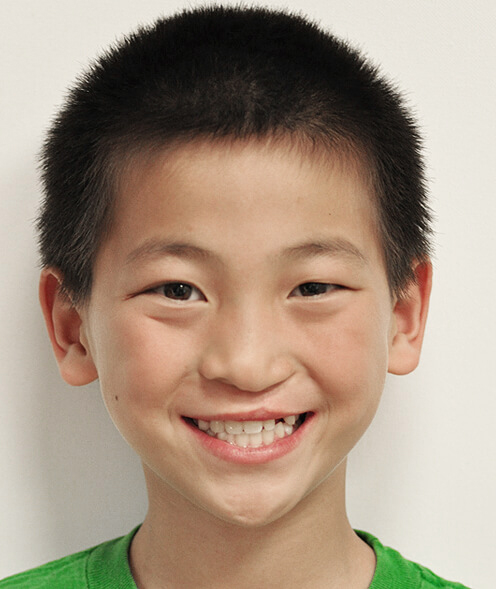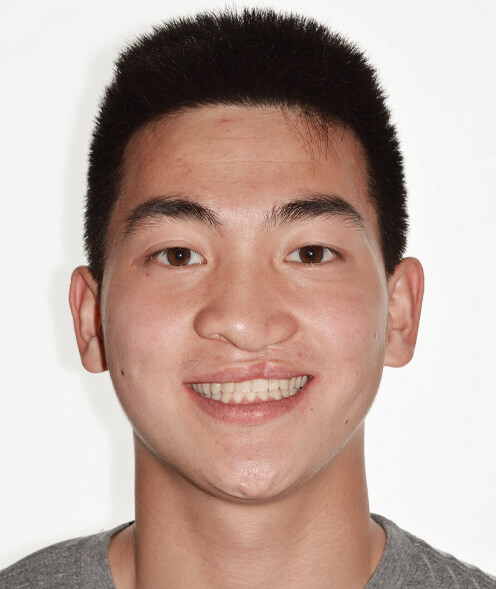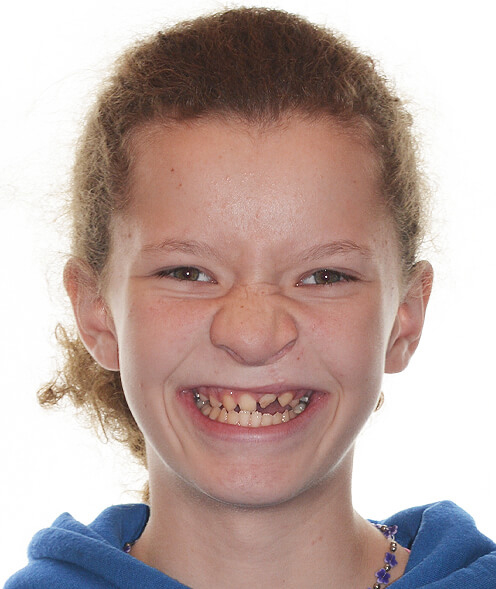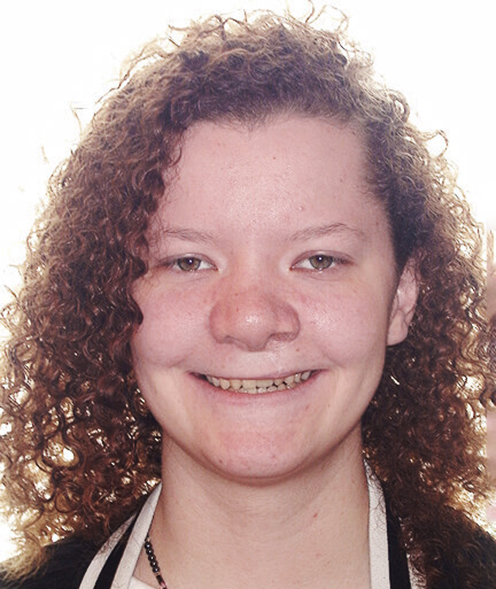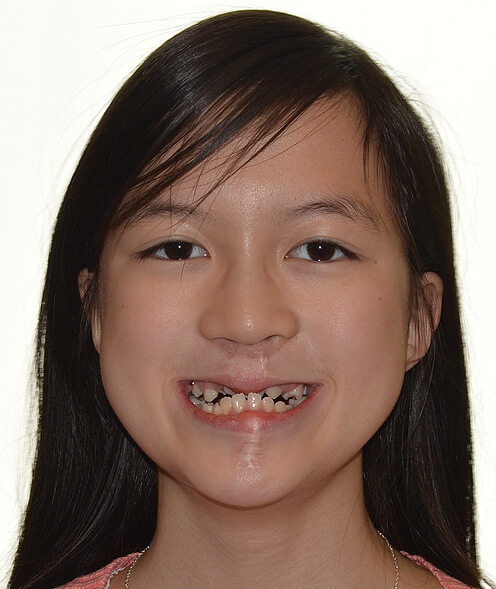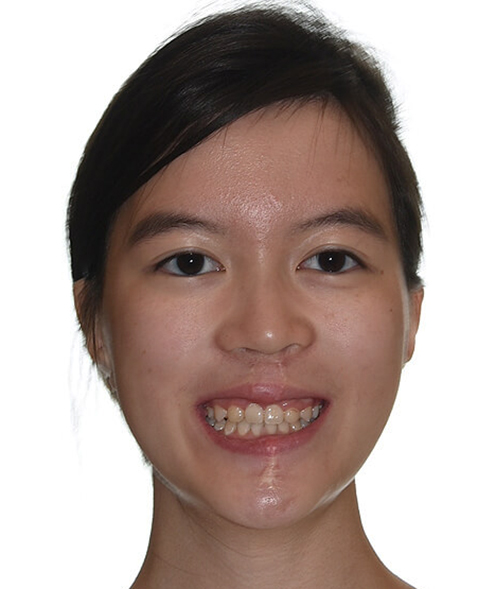Dr. Jacobson has been a member of the craniofacial team at Lurie Children’s Hospital for over 30 years! He also serves as an orthodontic consultant at the UIC Craniofacial Center, Shriners Hospital and Advocate Lutheran General Hospital.
Nasal Alveolar Molding (NAM)
NAM refers to Nasal Alveolar Molding. In babies born with cleft lip and palate, the bone that supports the teeth which are called the alveolar segments can often have a large gap between them. Stretching the lip together across the gap can make lip closure surgery more difficult. The purpose of alveolar molding is to bring the segments together. See how in this short video.
Early Treatment &
Alveolar Bone Graft
When the permanent teeth are starting to erupt, at around 7 years old, many children born with a cleft would benefit from orthodontic treatment to expand and normalize the shape (or arch form) of the bone that support the teeth. This treatment can create room for the eruption of the incisors, improve dental crossbites and prepare the arch for a surgical procedure called an alveolar bone graft which replaces the bone that is missing in a cleft site.
Video Coming Soon!

